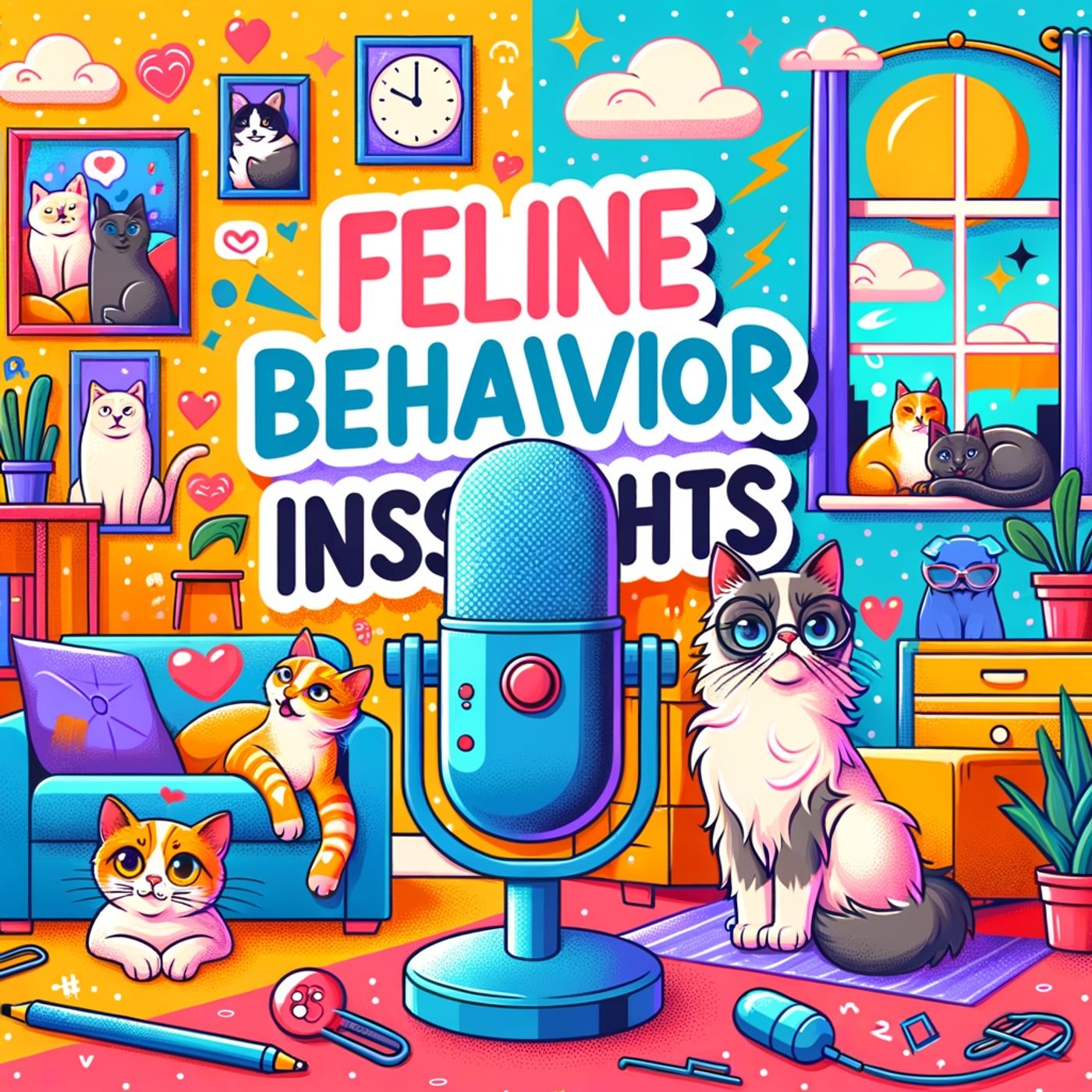Podcast Episode Details
Back to Podcast Episodes
Feline Behavior: Decoding Cats' Expressive Body Language and Vocalizations for a Happier Bond
Feline behavior is a remarkable blend of inherited instincts and learned responses, shaped by their unique history as both predator and prey. According to Tuft and Paw, one of the most telling signs of a cat’s feelings comes down to their posture. When a cat stretches out, they’re feeling relaxed and open, while a compact “ball-shaped” cat is often wary or anxious. If you spot a cat crouched low, freezing at your approach, that animal is likely uncomfortable or feeling threatened.
The tail is a feline’s emotional barometer. PetMD explains that a tail held upright signals confidence and curiosity, and that a gently curled tip often means your cat is happy. Conversely, a tucked tail or one rapidly flicking is a sign of fear or irritation. A puffed-out tail helps a frightened or agitated cat look bigger and hopefully more intimidating. The way a cat moves its tail in an “upside-down U” shape during play is a sign of excitement.
Cat ears are equally expressive: alert cats point their ears upright and forward, but if those ears flatten, aggression or fear might be brewing. Any ear rotation hints at curiosity or subtle discomfort. Even the eyes send signals—PetMD points out that a cat’s slow blink is the ultimate trust gesture, often dubbed the “cat kiss.” Direct eye contact, however, can be perceived as a challenge, especially between unfamiliar cats.
Scent is another powerful tool in the feline communication kit. MedVet describes how head-bunting, cheek rubbing, and even kneading serve dual purposes. Not only are these acts of affection, but they’re also territorial markings; cats leave behind pheromones from glands on their head and paws. Kneading, that rhythmic push-pull motion, harkens back to kittenhood, and when offered to listeners by their mature cats, it’s both a sign of contentment and a subtle marking of “ownership.”
Curiosity fuels odd behaviors too, such as knocking objects off counters. According to Pets Best, this mischievous habit is rooted in play and natural hunting instincts. By batting and chasing items, cats mimic the stalk-and-pounce sequence vital to their survival, even if the prey happens to be a pen or cup.
Vocalizations form another layer of their interactions—purring isn’t always a sign of happiness. Cats.org.uk cautions that cats may purr when stressed or in pain. To truly read a cat’s mood, listeners should combine vocal clues with relaxed body language, a loosely held tail, and comfortable posture.
Understanding feline behavior requires attention to details and context. Small gestures, tail flicks, postural changes, and the environment matter. By paying close attention, listeners can build deeper trust, minimize stress, and offer their cats richer, happier lives.
Thank you for tuning in. Don’t forget to subscribe! This has been a quiet please production, for more check out quiet please dot ai.
For more http://www.quietplease.ai
Get the best deals https://amzn.to/3ODvOta
Published on 2 weeks, 2 days ago